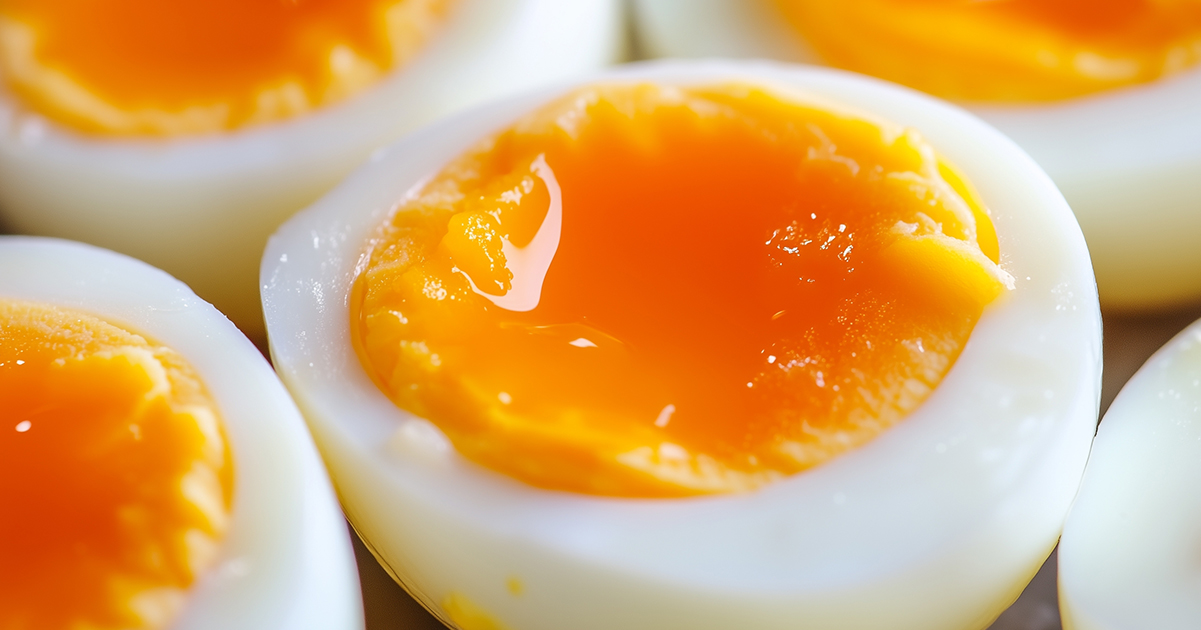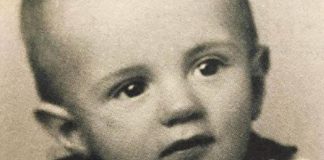If you’ve ever cooked a chicken and noticed that it’s purging a white jelly-like substance, don’t worry! The gross goo may look unappetizing, but it’s actually a natural phenomenon caused by protein escaping the bird as it cooks.
You pull your perfectly seasoned chicken breast out of the oven, and there it is – a strange, oozing white goo. You wanted a juicy, golden-brown masterpiece, but now your chicken looks like it’s melting.
But don’t worry, this poultry predicament happens to chicken lovers everywhere, from casual home cooks to professional chefs, according to personal chef, Drew Curlett.
“It might not be pretty, but it’s pretty normal to see white stuff come out of chicken, especially when baked or roasted,” the culinary instructor tells Reader’s Digest.
What is the goop?
Despite its strange appearance, the white stuff oozing from chicken isn’t anything to panic about. It’s a combination of protein and water that coagulates when the chicken is cooked at high temperatures.
Chicken meat, especially the breast, is rich in protein, and when you cook it, the heat causes the protein to transform or “denature” – the same way an egg white turns solid white when cooked. This process forces water out of the meat, and as the proteins clump together, they create that white, slightly sticky, semi-solid goo you see on the surface.

This phenomenon is most common when you:
- Cook boneless, skinless chicken breasts (since they contain less fat and more protein). “It’s really common when cooking at high heat without much in the way of liquid or fat, like if you’re baking plain, boneless, skinless chicken breasts,” Curlett said.
- Use high heat methods like roasting, baking, or pan-searing. Cooking chicken at too high of a temperature too quickly can cause proteins to rapidly contract, forcing out more liquid and forming that gooey layer.
- The best way to minimize this effect is by using medium heat and allowing the chicken to rest after cooking. Resting helps redistribute the juices back into the meat rather than letting them leak out immediately.
- Cook frozen chicken that hasn’t been fully thawed (the excess moisture contributes to the effect). This happens because freezing causes ice crystals to form within the muscle fibers, damaging their structure. When thawed, the broken-down fibers release more moisture and proteins during cooking, increasing the likelihood of seeing the white substance.
Is white goo safe to eat?
While it might look unappetizing, this white substance is perfectly safe to eat. It’s just cooked protein and water – completely edible and doesn’t affect the taste of your chicken.
However, if your chicken has an odd smell, slimy texture, or discoloration before cooking, that’s a sign of spoilage. The white substance itself is harmless, but if your chicken has other signs of going bad, it’s best to discard it.
Reduce the goop
If you’d rather not have your chicken oozing out the goo, there are ways to reduce its appearance.
- Cook at a lower temperatures: High heat speeds up the coagulation process, making the white goo more noticeable. Try baking at 350°F (175°C) instead of 400°F (205°C) for a more gradual cook.
- Brine your chicken: Soak your chicken in a simple saltwater solution for 30 minutes to an hour helps retain moisture and reduces the amount of protein loss during cooking.
- Sear before baking: Searing the chicken in a hot pan before transferring it to the oven locks in juices and can minimize the white protein leakage.
- Let the chicken rest: Cooking cold chicken straight from the fridge (or worse, partially frozen chicken) increases the amount of white stuff that appears. Let it sit at room temperature for 15–20 minutes before cooking.
- Use premium chicken: Factory-farmed chicken tends to contain more water due to processing, making the white goo more pronounced. If possible, opt for organic or air-chilled chicken, which contains less excess moisture.
Just remember you can minimize it, but unless you’re cooking low and slow, some protein leakage is natural.
The white stuff coming out of your chicken is just protein and water reacting to heat and it’s totally natural and safe to eat. While it may not be the prettiest sight, it doesn’t affect the taste or safety of your meal.

